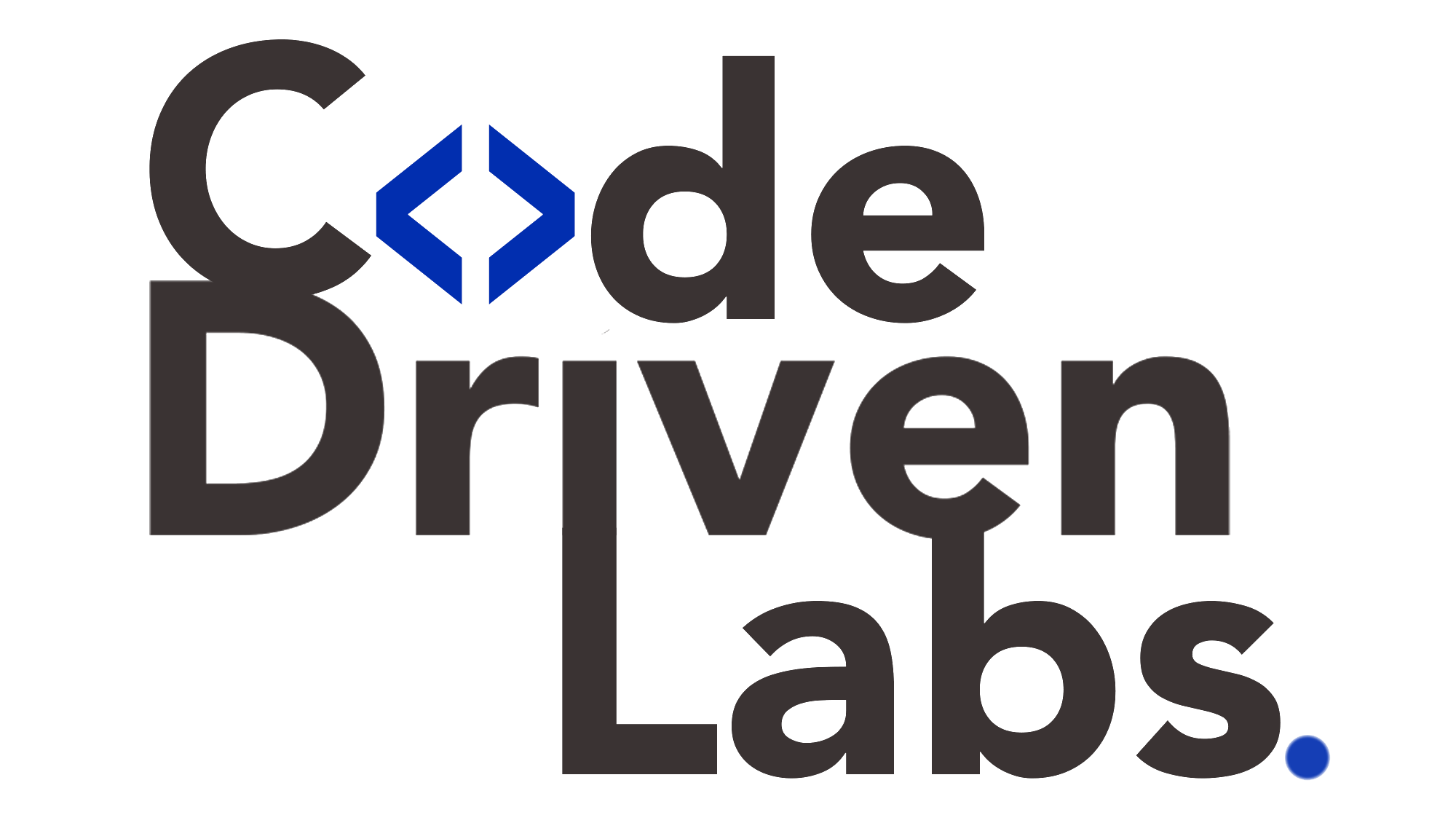Level up your business with US.
- Home
- How AI Website Development is Transforming the Medical Field: Smarter Patient Portals and Virtual Care
How AI Website Development is Transforming the Medical Field: Smarter Patient Portals and Virtual Care
September 17, 2025 - Blog
How AI Website Development is Transforming the Medical Field: Smarter Patient Portals and Virtual Care
The medical field is undergoing a digital revolution, and at the center of this transformation lies the power of Artificial Intelligence (AI) in website development. From smarter patient portals to advanced virtual care solutions, AI is reshaping how healthcare providers deliver services, interact with patients, and ensure continuity of care.
As patients increasingly expect seamless digital experiences—just like they do with e-commerce or banking—healthcare websites must adapt. Gone are the days when a hospital’s website only displayed basic information about doctors and services. Today, websites are evolving into intelligent healthcare platforms that handle everything from scheduling appointments to providing real-time virtual consultations.
This blog explores how AI website development is transforming the medical field, focusing on patient portals, virtual care, and the crucial role of code-driven labs in ensuring these solutions are reliable, secure, and scalable.

Why Healthcare Needs Smarter Websites
Healthcare is unlike any other industry. It deals with sensitive data, urgent patient needs, and strict regulations such as HIPAA, GDPR, and local privacy laws. A simple website glitch could lead to missed appointments, medication errors, or even breaches of patient confidentiality.
Patients today expect:
-
24/7 access to their health records.
-
Convenient scheduling of appointments.
-
Secure communication with doctors.
-
Personalized care recommendations.
AI-powered website development ensures these expectations are not just met but exceeded by creating interactive, intelligent, and patient-centric digital experiences.
The Role of AI in Healthcare Website Development
AI brings adaptability, intelligence, and automation to healthcare websites. Here’s how it’s transforming the sector:
1. Smarter Patient Portals
Patient portals are no longer static dashboards. With AI, they are becoming intelligent assistants that:
-
Predict patient needs using past medical history.
-
Suggest preventive care measures.
-
Automate appointment reminders and medication alerts.
-
Provide real-time symptom checkers powered by natural language processing (NLP).
For example, if a patient logs in to check lab results, the portal can highlight areas of concern and recommend follow-up appointments automatically.
2. Virtual Care Platforms
AI-enabled websites are powering telemedicine and virtual consultations by:
-
Offering AI-driven triage systems that guide patients to the right doctor.
-
Integrating video consultations seamlessly within portals.
-
Analyzing patient speech and sentiment during calls for deeper insights.
-
Ensuring secure data transfer during virtual sessions.
This enables doctors to extend care beyond the clinic, ensuring accessibility for patients in remote areas.
3. Personalized Patient Experiences
AI tailors website content and recommendations based on individual health needs. For example:
-
A diabetic patient sees diet tips, glucose monitoring tools, and specialist referrals.
-
A new parent receives vaccination reminders and pediatric care resources.
Such personalization enhances engagement, trust, and patient outcomes.
4. Medical Chatbots and Virtual Assistants
AI chatbots provide 24/7 support on healthcare websites, answering questions like:
-
“What are the symptoms of flu?”
-
“How can I schedule an appointment?”
-
“What’s the dosage for my prescribed medicine?”
This reduces the workload on medical staff while giving patients immediate answers.
5. Data Security and Compliance
AI tools continuously monitor healthcare websites for vulnerabilities, suspicious activities, and compliance risks, safeguarding patient information.
Benefits of AI-Powered Healthcare Websites
-
Enhanced Accessibility: Patients access healthcare anytime, anywhere.
-
Operational Efficiency: Reduces manual work for hospitals and staff.
-
Improved Patient Engagement: Personalized content keeps patients proactive about health.
-
Better Health Outcomes: AI-driven reminders and insights encourage adherence to care plans.
-
Cost Savings: Automating administrative tasks lowers operational costs.
Challenges in AI Website Development for Healthcare
Despite the benefits, AI-powered healthcare websites face unique challenges:
-
Data Privacy: Sensitive medical data must remain secure and compliant.
-
Bias in AI Models: Algorithms must avoid misdiagnoses due to biased data.
-
Scalability: Websites must handle sudden surges in patient demand.
-
Integration: AI systems must connect seamlessly with existing hospital management systems and electronic health records (EHRs).
-
User Trust: Patients need transparency about how their data is used.
Overcoming these challenges requires rigorous testing and validation, which is where code-driven labs play an essential role.
How Code-Driven Labs Support AI in Healthcare Websites
Code-driven labs provide automated, controlled environments where AI-powered healthcare websites can be tested, refined, and validated before deployment. They ensure that innovations do not compromise security, compliance, or patient experience.
1. Data Privacy and Security Testing
Labs simulate real-world attacks to test encryption, secure login mechanisms, and compliance with HIPAA and GDPR. This ensures patient data remains safe.
2. Performance and Scalability Validation
Virtual care websites often face spikes in demand—like during flu season or emergencies. Code-driven labs simulate thousands of concurrent users, testing whether the site can handle high loads without crashing.
3. Bias Detection in AI Models
AI models used in symptom checkers or triage systems can be tested for fairness and inclusivity. Code-driven labs audit these models to ensure accuracy across different demographics.
4. Integration Testing
Healthcare websites must connect with EHRs, pharmacy systems, and insurance portals. Labs validate these integrations, ensuring seamless data exchange.
5. User Experience Simulations
Labs simulate patient journeys—from logging in to booking a virtual consultation—ensuring the website is intuitive, responsive, and free from glitches.
6. Continuous Monitoring with CI/CD Pipelines
Integrated with continuous integration and deployment, code-driven labs allow healthcare organizations to roll out updates safely without disrupting services.
Real-World Applications of AI-Driven Healthcare Websites
Hospitals and Clinics
AI-powered portals streamline appointment booking, billing, and access to lab reports.
Telemedicine Platforms
Websites deliver secure video consultations with AI-driven pre-screening to match patients with the right doctor.
Pharmacies
Online pharmacies use AI to suggest refills, provide dosage reminders, and check for drug interactions.
Insurance Providers
AI enhances claim processing by validating documents and offering real-time support through chatbots.
Public Health Initiatives
Government portals use AI for vaccination campaigns, outbreak monitoring, and symptom self-assessments.
Future of AI in Healthcare Website Development
The next decade will bring even more exciting developments:
-
Voice-Activated Healthcare Websites: Patients interact using natural speech for queries and bookings.
-
Generative AI for Medical Insights: Personalized health content created in real time.
-
Predictive Virtual Care: AI will anticipate patient issues and connect them with providers before symptoms worsen.
-
Decentralized Data Storage: Enhanced security through blockchain and federated learning.
Code-driven labs will continue to be vital in testing these innovations, ensuring they are safe, compliant, and patient-centric before being deployed.
Conclusion
AI is transforming healthcare websites from static platforms into intelligent hubs for patient care. From smarter portals to virtual care solutions, AI enhances accessibility, efficiency, and personalization—leading to better patient outcomes and stronger provider-patient relationships.
Yet, innovation in healthcare must be balanced with rigorous testing, security, and compliance. That’s where code-driven labs step in, providing automated environments to validate AI-powered features, ensuring they are safe, scalable, and trustworthy.
In 2025 and beyond, the convergence of AI website development and code-driven labs will continue to redefine healthcare, offering smarter, safer, and more patient-focused digital care experiences.
